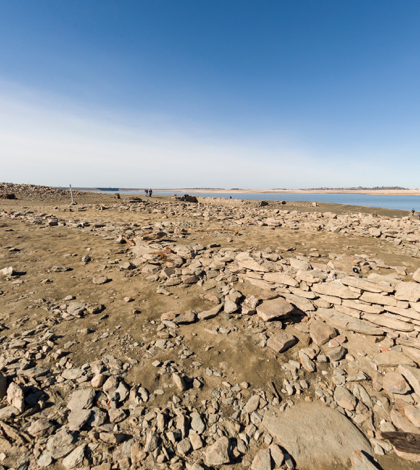For months, Californians have heard that El Nino was going to bring brutal, torrential rains, especially to SoCal. Experts throughout the state have had mixed reactions to El Nino. Some say the extreme weather will solve the state’s four-year drought, while others believe it will make a slight dent in the drought’s severity.
Folsom Lake
Folsom Lake is at 42 percent of capacity due to storms. Once the lake hits 59 percent, officials will be required to release some of the water, a rule that falls under the dam’s flood control plan.
“It looks like we’re releasing water that we could save for future use,” said Liz Bryson, chief of the State-Federal Flood Operations Center in Sacramento told KCRA. “But then, there’s also the flip side of what if we need that room?”
According to dam officials, if Folsom Lake becomes too full, the dam could see foundational issues, including cracking.
Lake Mendocino
El Nino’s recent storms have recharged Lake Mendocino, two hours north of San Francisco. Currently, the lake is at 98 percent capacity.
Because of the increase in the reservoir’s water level people are allowed to bring their boats to Lake Mendocino for the first time since last August.
Once the lake’s capacity reaches 100 percent, officials will have to release water to avoid flooding.
Lake Sonoma
Lake Sonoma is currently at 94 percent, which is good news for Sonoma County. When the reservoir is at 100 percent capacity, 600,000 residents will have water security for two to three years.
Diamond Valley Lake
Located in Hemet, Diamond Valley Lake serves as Southern California’s emergency water supply. Currently, the reservoir is at 39 percent of capacity.
 California Water News Daily Your Source For Water News in California
California Water News Daily Your Source For Water News in California


